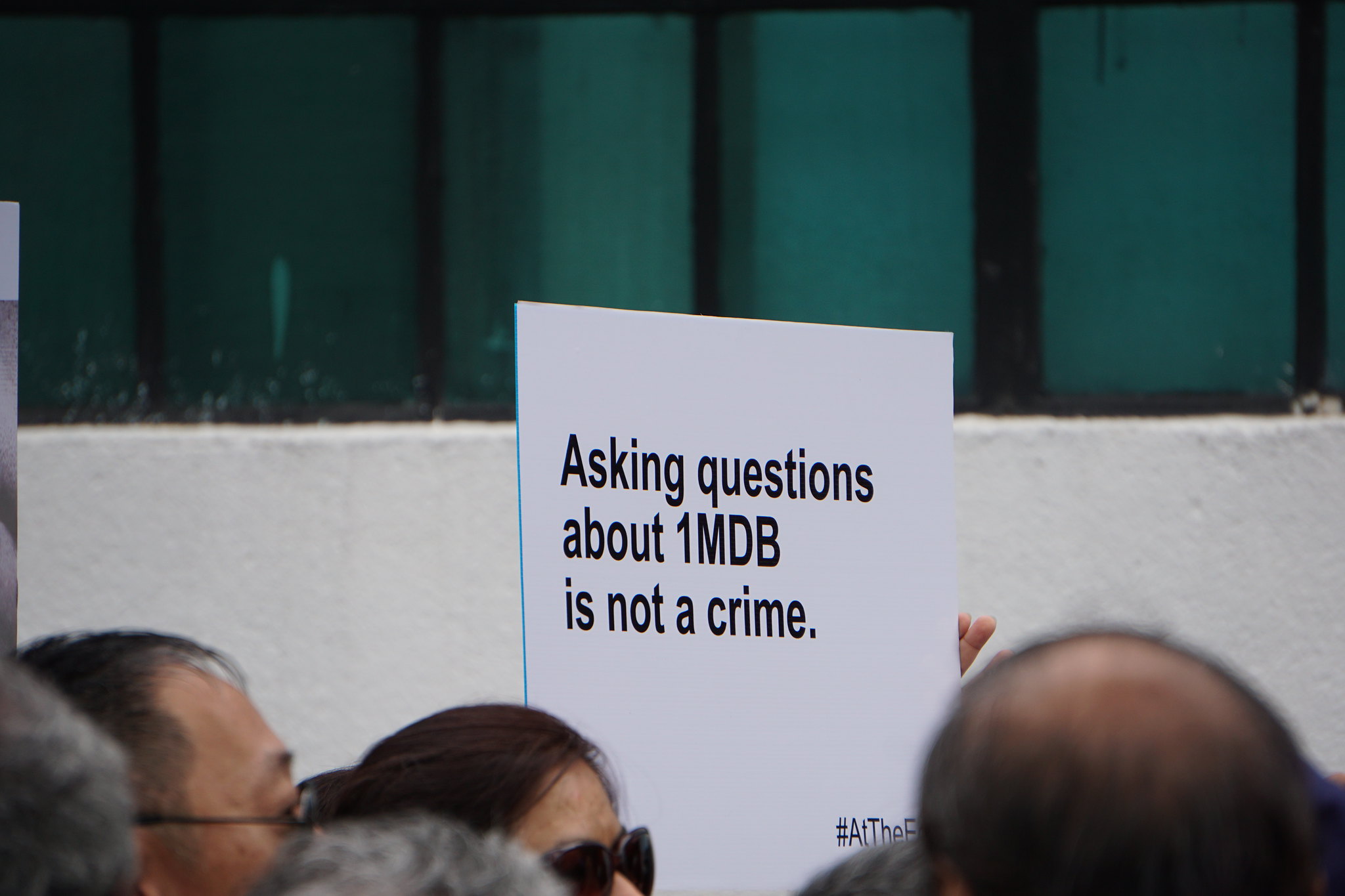FinCEN is right to move beyond Geographic Targeting Orders. Now go the whole hog.

The U.S. real estate market is well known to be a soft spot for money launderers. Analysing over 50 corruption cases in a recent report, Global Financial Integrity identified some $2.3 billion that was laundered through US real estate between 2015 and 2020.
This vulnerability to money laundering is one of the ways that the U.S. aids and abets transnational corruption. Transparency International (TI) notes that even countries that perform well on its index of domestic anti-corruption and good governance indicators nonetheless enable transnational corruption involving other, often poorer, countries. Knowingly or not, professionals in the real estate and other sectors provide the means to hide and launder illicit assets, and thus the incentive to acquire them. In the case of the U.S., which has been steadily falling down TI’s corruption ranking in recent years, the political influence of industries that benefit from this “structured unaccountability” risks weakening democracy and harming ordinary Americans.
Against this backdrop, the announcement in December that the Department of Treasury’s Financial Crimes Enforcement Network (FinCEN) will propose new rules for preventing money laundering through the U.S. real estate market is welcome news. The move came as part of an emphasis on anti-corruption from the Biden administration around the 2021 Summit for Democracy and United States Strategy on Countering Corruption published by the White House in 2021.
In a call for public comments to inform the new rules, FinCEN indicates an interest in moving from a temporary programme for collecting real estate information known as Geographic Targeting Orders (GTOs), that it began piloting in January 2016, to a permanent, nationwide regime under the Bank Secrecy Act. Such a move has the potential transform the U.S. real estate market from an opaque market to one that will be among the most transparent in the world.
GTOs require title insurance agencies in specific high-risk U.S. counties to gather and report to FinCEN the beneficial owner of companies making all-cash purchases of residential real estate over a certain value. As a pilot project, this made sense. Anonymous shell companies are a major risk of real estate money laundering. Of the cases analysed by GFI in its recent report, over 80% used a corporate structure to hide the true owner and 40% involved properties in GTO counties.
Yet because these GTO’s are “targeted”, they leave swathes of the country uncovered, and the designation of target counties hasn’t always followed the money. As Jason Buch recently reported in the Texas Observer, FinCEN added San Antonio to the counties covered by GTOs in 2017 following two criminal investigations into Mexican money launderers, known as Green Tide and Politico Junction. But other counties that appear in the investigations weren’t included:
“Prosecutors alleged that 50 pieces of Texas real estate, valued at $58 million today, had been purchased by Mexican kleptocrats. But only 11, worth less than $7 million, would have been covered by the Geographic Targeting Orders, according to an Observer analysis of court records. In 2018, FinCEN extended its oversight to Dallas and Fort Worth, but left off Houston, long considered a money laundering hub, and the Rio Grande Valley, the location of nearly half of the real estate prosecutors tried to seize during Green Tide and Politico Junction.”
Additionally, GTOs also only cover residential real estate transactions. Commercial real estate transactions are certainly no less of a risk, both on a small scale and at the high-end which can involve multiple investors potentially hiding their identities behind legal entities.
So it is welcome that FinCEN writes that it is “considering proposing such a rule that would apply throughout the United States” and invites input on regulating commercial real estate.
It appears that a lack of overt enforcement and validation of the ownership requirements failed to create a sufficient deterrent effect and change the behaviour of money launderers in the U.S. real estate sector.
But coverage is only part of the equation. In a new ACDC working paper, we combine data on millions of real estate transactions in GTO-covered counties from 2014 to 2019. Our analysis suggests that the GTOs implemented until 2018 had no discernible aggregate effect on corporate all-cash purchases in targeted counties. We also found little evidence that bad actors changed tactics to other types of purchases. When we take this along with the notable absence of publicised legal consequences for bad actors as a result of information gathered through the GTOs, it appears that a lack of overt enforcement and validation of the ownership requirements failed to create a sufficient deterrent effect and change the behaviour of money launderers in the U.S. real estate sector.
In our response to FinCEN’s call for comments, ACDC recommends that FinCEN go far further than they suggest in their announcement of new rule making. We believe that the final rule should cover all real estate transactions in the United States, not just those paid for without loans or mortgages as currently proposed. FinCEN should collect basic sales information as well as beneficial ownership information for the buyer and seller of every piece of real property in the country, both residential and commercial. A clean, comprehensive rule will give FinCEN actionable information to combat illicit financial activity, eliminate loopholes that would invite evasion, and make compliance simple and uniform. Ultimately, no rule will be effective unless FinCEN has the proper resources for supervision, verification, and enforcement.




